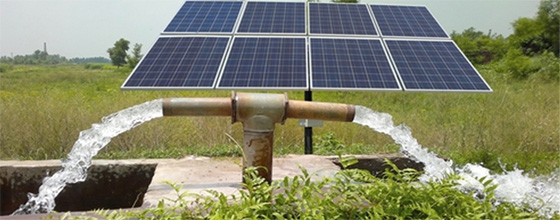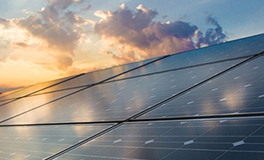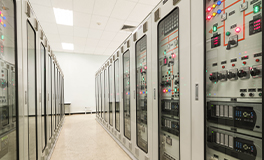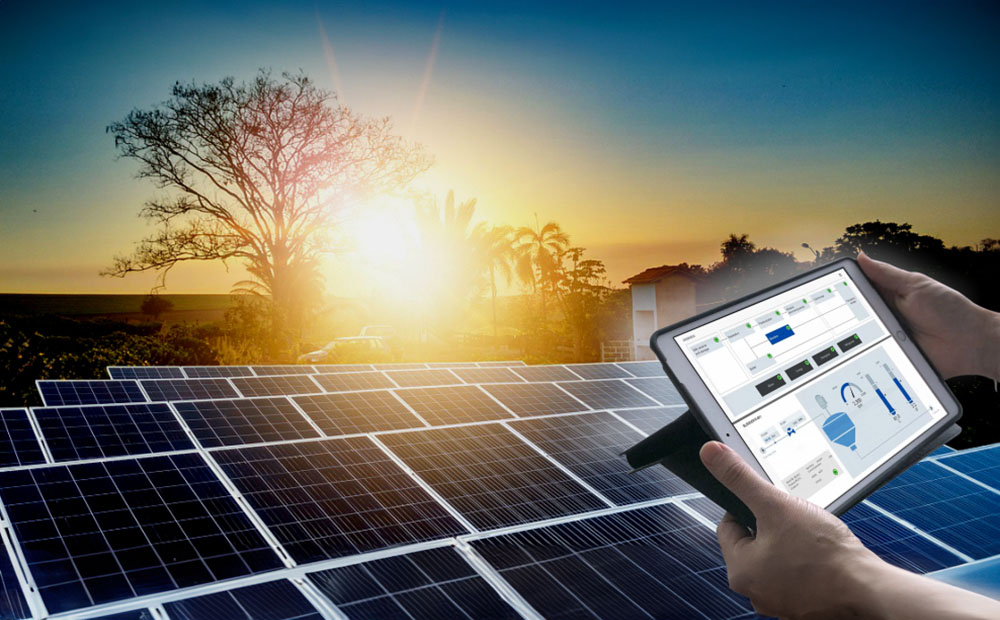Global political and economic initiatives are propelling worldwide demand for alternative energy sources. Solar power has been a front-runner among the various alternative energy options and is expected to grow exponentially in the foreseeable future.
The solar value chain continues to transform, with ongoing initiatives to shrink costs, optimize performance, improve reliability, and lengthen the asset life-cycle. Solar panel output is influenced by factors like voltage, current, and environmental factors. While solar power system is low on maintenance, it requires timely monitoring and up-keeping exercises to ensure that the system operates at optimum levels in the long run.
What is a remote monitoring in a Solar System?
Remote monitoring systems are tools designed to track, measure, and analyze energy production and consumption in a solar system, ranging from systems for homes to commercial buildings, industrial facilities, and solar pumping systems. The remote monitoring systems utilize sensing technologies and communication networks to provide real-time information and insights, allowing users to make informed decisions and take necessary actions without needing to be physically present at the location.
Remote monitoring systems have gained much importance in solar plants due to the increasing need to shift mainstay power utilities to solar energy, which will require active tracking of the performance and overall health of the solar power plants. Being able to track the solar power plant’s wellness remotely empowers the user to ensure that the plants are running smoothly and efficiently. Also, remote monitoring systems are helpful to keep track of solar systems that are diversely spread across a geography, like in the case of solar pumping systems.
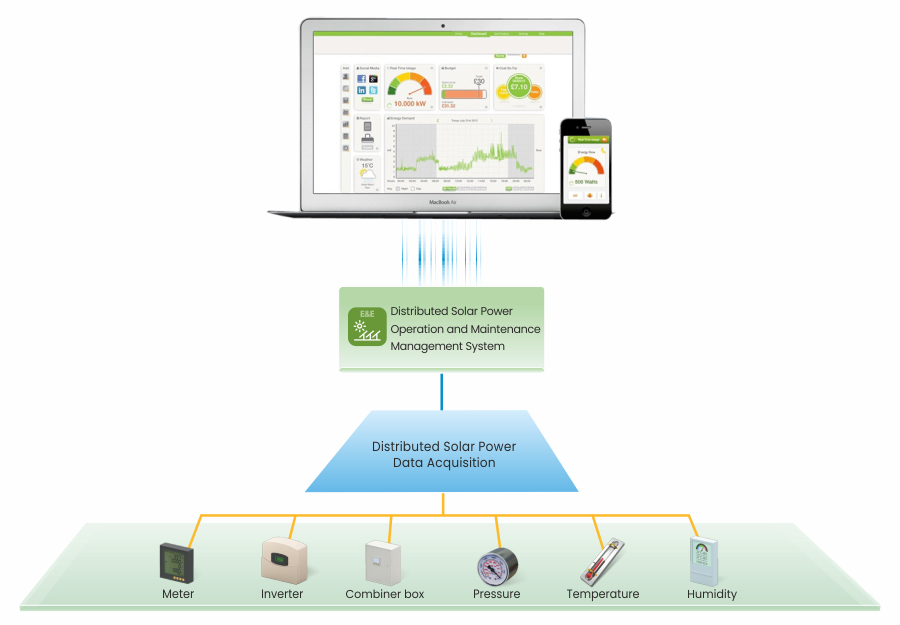
Uses of Remote Monitoring in Solar Systems
Remote On/Off
This is particularly important for standalone solar pumping systems. Solar pumping systems are generally used over a specific period of time and are required to be turned off after use. In agricultural settings, where solar pumps are installed on farms, it is not always possible to switch On/Off the pump. While remote monitoring allows you to witness the performance of the pump, a remote On/Off allows the pump to be switched on/off from anywhere.
Maintenance
A major issue with solar systems is locating the exact fault and location. Sometimes this requires the technicians to check every panel regularly to identify problems and rectify them. This is a tedious task when considering a solar farm, which houses thousands of solar panels. Monitoring helps identify anomalies in the operations at an early stage while zeroing in on the exact fault locations. This allows quick fault detection and rectification. In some cases, it is also possible to automate controls to help combat faults from a remote location.
System Operation
Monitoring systems collect data at regular intervals like voltage, current, and irradiance to check the performance of solar panels against forecasts and verify the conditions leading to the deviations,if any. Data is also required to be collected for forecasting. These analytics help identify trends in demand and usage, helping to balance supply and demand.
Internet of Things (IoT) and SCADA for Remote Monitoring of Solar Systems
Solar power generated in large solar farms has critical applications and has to adhere to strict PPA and regulatory guidelines. It is imperative to ensure that power generation remains closely aligned with generation forecasts. That is where the Internet of Things (IoT) comes into play. Solar panel monitoring using IoT can resolve many challenges found in complex energy grids, allowing a streamlined network and lower costs.
IoT can be employed at various levels based on the criticality of operations. In smaller power systems, monitoring devices are employed at the system level, whereas in large solar farms, monitoring devices may be employed to monitor the individual solar panels. This includes collecting data parameters like current, voltage, temperature, irradiance, and similar factors that affect the overall performance of the solar system. The data so collected is critical and will be used for operational and management decision-making.
Once all the critical equipment of the system is connected via the internet and data is extracted, it becomes important to organize the data in a visual matrix for quicker evaluation and decision-making. Supervisory Control and Data Acquisition (SCADA) can be applied for remote monitoring and control with real-time data sets. Graphical data representation in the form of charts, tables, and mimic diagrams allows for easy observation and control. This is very important when dealing with large power plants. It also provides maximum data reliability by pushing primary data values to a cloud server for processing and analysis on-the-go.
Advantages of SCADA
Data Quality Improvement
Implementation of SCADA generally improves the data accuracy achieved through the fine-tuning of data acquisition. This greatly improves the consistency and stability of data acquisition achieved by employing redundancy and useful backups.
Fault & Under-performance Detection
SCADA software can be efficiently integrated with Computerized Maintenance Management Systems (CMMS) that improve fault detection from SCADA generated alarms. This aides quick detection and remote troubleshooting. By doing so, the duration of the required restoration in the system is mitigated.
Data Visualization
Data visualization is a very important feature of modern monitoring and supervision in SCADA. Based on the capabilities of the SCADA software, we can generate dynamic dashboards, which include interactive charts, tables, and mimic diagrams, that help operators perform effectively and make decisions from an operational standpoint.
Partnering with LUBI Electronics for best-in-Class Remote Monitoring Solutions for your Solar Systems
LUBI Electronics is a leading automation solutions provider, offering IoT and SCADA solutions under the Advantech product line. Also a leading manufacturer of solar panels, LUBI Electronics demonstrates an indept understanding of solar systems, thereby offering custom-built, state-of-the-art monitoring and control solutions for large solar farms, integrating its wholistic experience to deliver customer satisfaction.
Conclusion
The use of advanced remote monitoring systems for solar applications marks a significant step for the solar industry. Efficient use of technology enhances monitoring capabilities and enables efficient management and control by providing valuable data-driven insights. As the renewable energy landscape continues to evolve, remote data monitoring and control can play a pivotal role in driving the growth and sustainability of solar power.
About LUBI Electronics
LUBI Electronics is a leading company in India, exhibiting expertise in the automation, solar, and control panel industry.
Our solar offerings include best-in-class solar modules, solar pumps, solar pump controllers and solar inverters.
For more information on our offerings, please reach out to us at lubi@lubielectronics.com.




